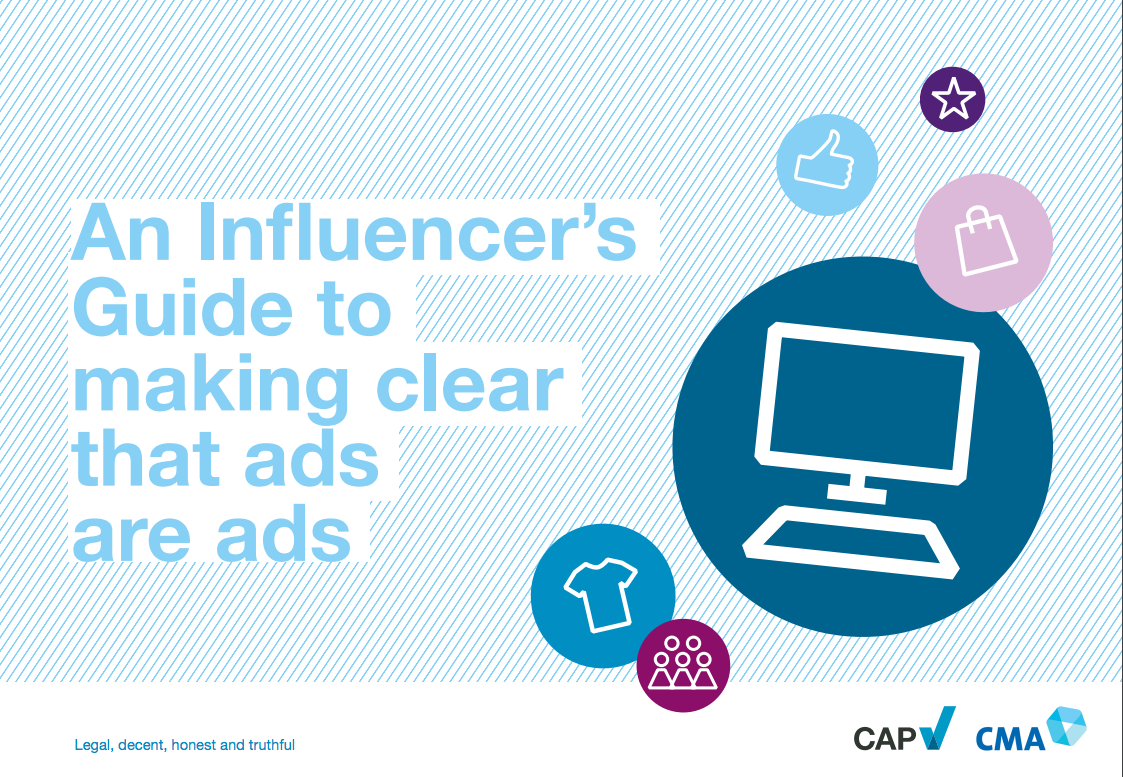The ASA has launched a new guide for social influencers in conjunction with the CMA to help them stick to the ad rules.
The Advertising Standards Agency (ASA) have launched a new guide to help social influencers stick to the rules by making clear when their posts are ads. The Influencer’s Guide has been developed in collaboration with the Competition and Markets Authority (CMA).
The online resource aims to help all parties involved in influencer marketing to follow the rules and includes information on how to make it clear your post is an ad, the CMA’s requirements, and what happens if someone makes a complaint about a post to the ASA. It also includes a flowchart to help users quickly work out whether a post needs to be marked as an ad to help combat the transparency issue in the advertising space.
When a brand rewards an influencer with a payment, free gift or other perk, any resulting posts become subject to consumer protection law. When a brand also has control over the content, they become subject to the UK Advertising Code as well.
Under the CAP Code, ads ‘must be obviously identifiable as such’. Consumers should be able to recognise that something is an ad, without having to click or otherwise interact with it. If it isn’t obvious that it is an ad, content creators should do more to make it clear.
Be clear
Labels such as ‘ad’, ‘advert’ and ‘advertisement feature’ are favoured over the likes of ‘sponsorship’, ‘spn’ and ‘sponsored content’. The guide outlines these as being riskier because they fail to tell the full story.
Celebrities and social media influencers have been investigated for not labelling commercial posts, and there have been a number of banned influencer posts due to not labelling posts correctly, such as Made in Chelsea star Louise Thompson. The most recent figures from the ASA, reveal there were 1,824 complaints about content on social networking sites in 2016, up 193% from 622 in 2012.
Making it clear it’s an ad is only the beginning – if you’re advertising your own products or services or engaged in affiliate marketing, then other rules are likely to apply to your content too.
“Responsible influencer marketing involves being upfront and clear with the audience, so people are not confused or misled and know when they’re being advertised to. The relationship between influencers and their followers relies on trust and authenticity, so transparency is in the interests of all parties. This guide on the standards will help influencers and brands stick to the rules by being upfront with their followers,” said Shahriar Coupal, director of the committee of advertising practice (CAP).
“If celebrities or influencers are posting about a product on social media, they must make it clear if they’ve been paid to promote it, or have been gifted, loaned a product or thanked in some other way by a brand. No one should be left thinking that a Tweet or Instagram post is just the person’s opinion when it’s not,” commented George Lusty, senior director of consumer protection at CMA.
You can download the influencer’s guide here. Have your say and comment below or tweet us at @talkinfluence.
Later this month, the Influencer Marketing Show is playing host to a heated transparency panel featuring speakers from the ASA, The Coloring In Department and CampaignDeus.








